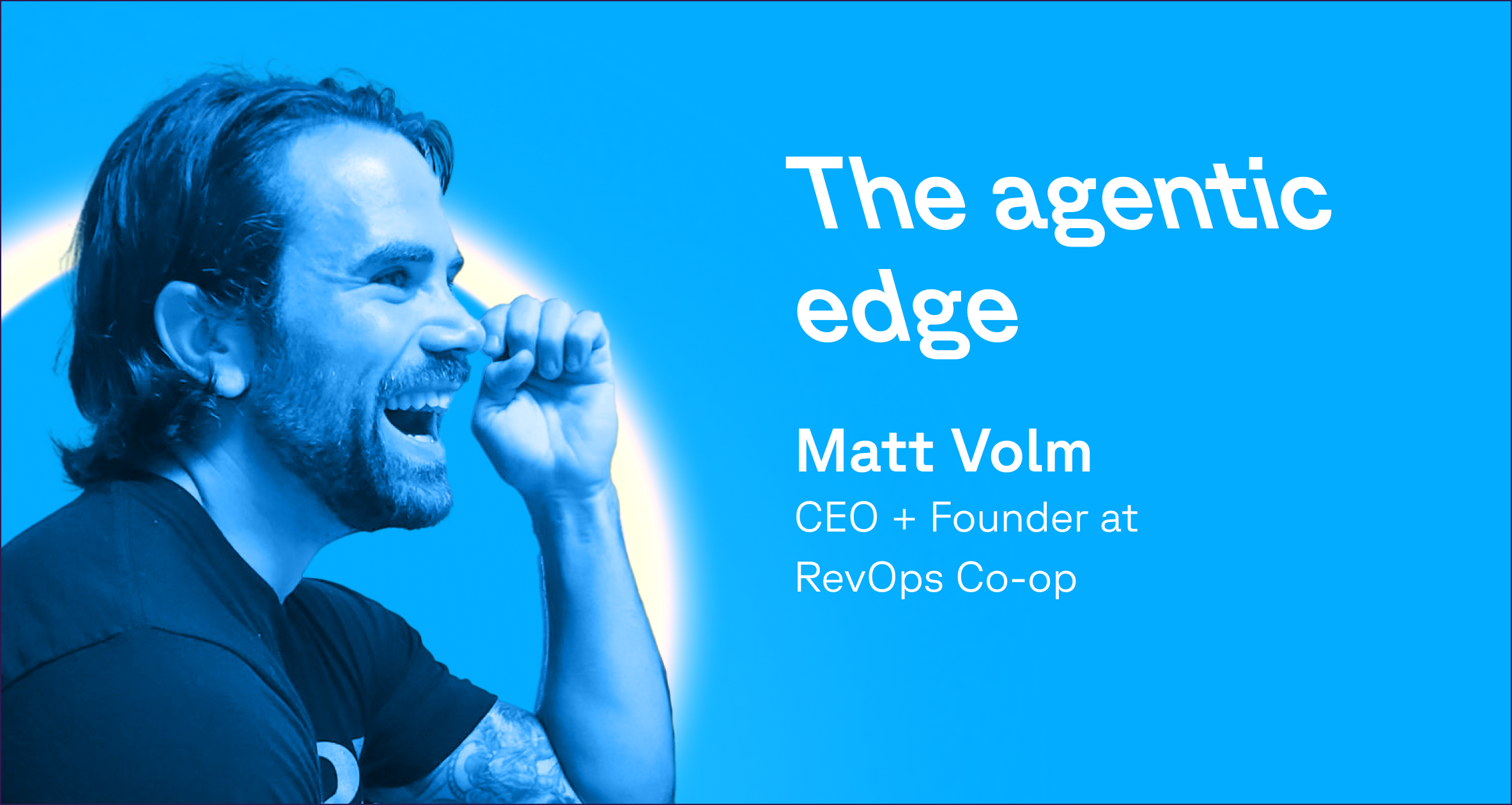
Getting answers about pipeline health, conversion rates, or GTM performance shouldn’t take five tools, three meetings, and a full-time analyst. But for most revenue leaders, that’s the norm.
Salesforce is overflowing with data, but buried under layers of complexity.
That’s why we built Sweep’s Model Context Protocol (MCP): a secure natural-language interface that plugs into your Salesforce data and gives executives real-time answers in seconds.
MCPs are the C-suite’s ultimate shortcut to clarity in complex go-to-market (GTM) systems.
The shortcut to clarity
We released MCP a week ago, and I was flooded with messages from CROs and CMOs from our customers the moment it launched. After a couple of days, I connected the dots: MCPs give executives a familiar, intuitive way into complex GTM systems, without relying on analysts or BI tools.
One CRO who’d been relatively hands-off with Sweep suddenly became one of our most active users. With the MCP, she didn’t need a translator. She opened Claude and typed: “How is pipeline pacing compared to last quarter?” Seconds later, she had a data-backed answer with no tickets, no dashboards, no dependency on someone else’s queue.
Executives love MCPs because they remove friction from decision-making. You get a familiar interface, a simple prompt bar, and instant answers to the most important questions in your GTM engine.
For SaaS companies, this is big: you can now reach decision-makers directly, without redesigning your product. MCPs unlock a new go-to-market motion: selling to executives.
Forget optimization chatter. Choose clarity and momentum.
The hidden challenge of metadata complexity
Enterprise systems, including Salesforce, HubSpot, Snowflake, SAP, are built on vast metadata layers, thousands of fields, tables, objects, and relationships.
The deeper your Salesforce setup gets, the harder it is to get a straight answer. Every new team, initiative, or integration adds complexity. Eventually, the schema drifts so far from its original intent that even simple questions become hard to answer. A CRO asks for conversion rates by segment, and waits a week for a custom report. A CMO needs attribution by channel, but has to route it through a BI. A CS leader wants to check coverage across territories, but gets three different numbers from three different teams.
Executives end up chasing reports instead of making decisions.
The bottom line? Messy metadata paralyzes organizations at exactly the level where speed matters most.
Why metadata readiness for AI matters
Large Language Models (LLMs) can only generate accurate answers when the underlying metadata is structured and semantically meaningful.
A metadata-readiness initiative should embed business context (e.g. attribution models, sales stages, product hierarchies).
When metadata carries clear business context, every natural-language query turns into a chain of precise API calls. Executives ask “Which channels under-attributed deals in Q1?” and get accurate answers instantly.
A unified interface as a C-suite opportunity
The real breakthrough comes from wrapping that AI-ready metadata into a single conversational interface. Here’s why that matters:
- Familiarity: Executives already use chat tools daily, no new dashboards to learn
- Speed: One prompt replaces five manual steps across multiple systems
- Alignment: Every leader hears the same answer, framed in business terms, not technical jargon
This unified interface doesn’t just surface a static report. It guides the user through follow-up questions, charts trends over time and highlights anomalies. A CRO can switch from discussing Q1 pipeline to exploring process-adherence triggers without changing tools.
One CRO told me last week: “This is the first time I’ve been able to ask Salesforce a question and get a straight answer, without someone interpreting it for me.”
Shifting from dashboards to dialogue
Sweep’s MCP solves this by doing two things:
1. It standardizes your Salesforce metadata for AI
We map business context, like sales stages, lead sources, and product lines, into the metadata so LLMs can understand it. Think of it like giving structure and meaning to the chaos.
2. It wraps that structured data into a natural-language interface
You ask a question like “Where are deals getting stuck this month?” and get a direct answer, along with context, trends, and next-best questions.
There’s no dashboard to learn. No training required.
It works like the tools execs already use: chat.
Metadata complexity and siloed interfaces have long held enterprises back. By capturing business context in your metadata and delivering it through a unified conversational layer, you give the C-suite a direct path to clarity and momentum.
That is how you stay ahead with Sweep. Reach out to learn how MCP can accelerate your organization.










